“U. Ray and Sons” was scribed across the façade of the building, the erstwhile residence of the famous Ray Chowdhury(s), now housing the Athenaeum Institution. This was our first venture into real historical aspects of Bengal, something different than our regular travel tales.
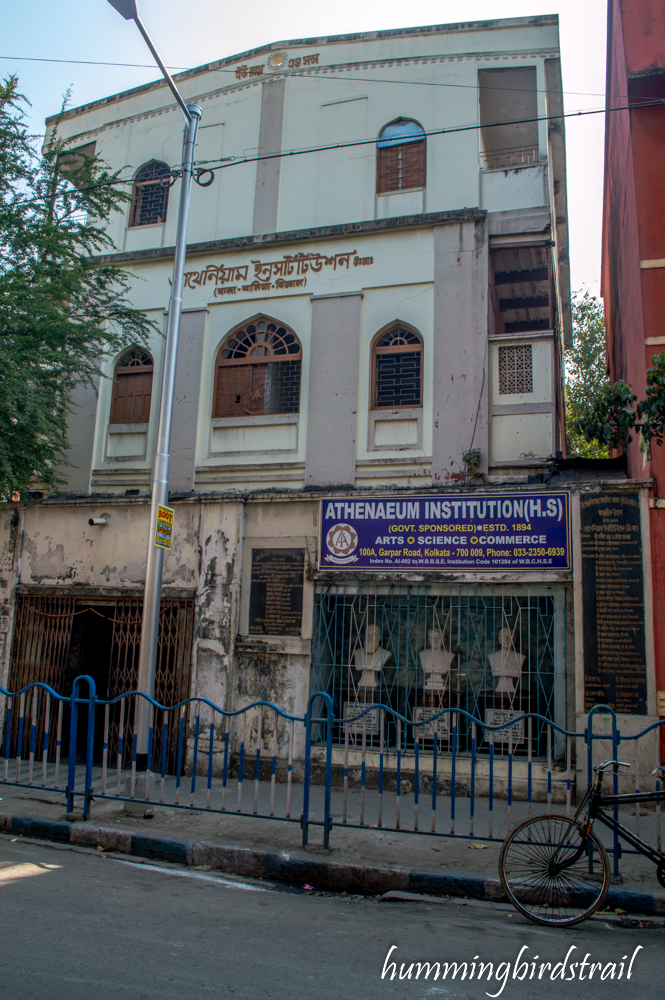
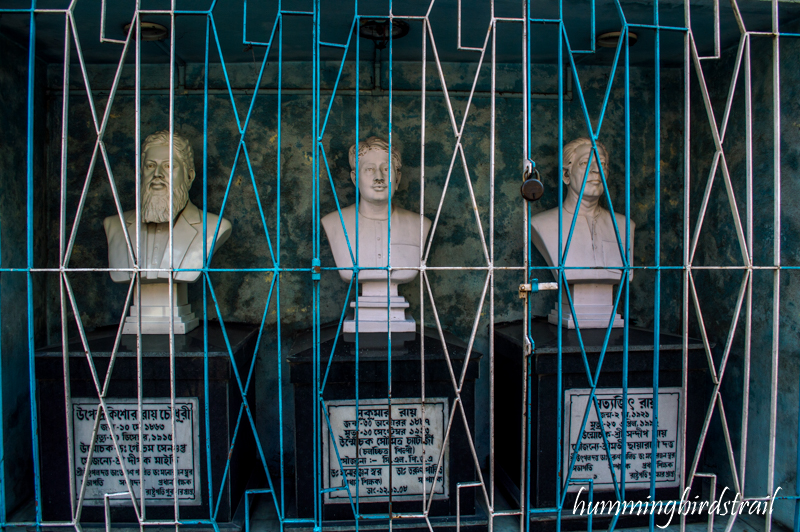
The place permeated the soul with flashes of intellect; how conveniently the ‘Chowdhury’ part had been dropped from the family name scribed across the entrance! It was as if the torchbearer of the legacy already knew that someday the family name sans the double embellishment (Ray and Chowdhury both were titles rather than last names, associated with zamindari tradition of yesteryears) would reach out to the worldwide audience in the form of an artistry that had just set foot in India a year earlier in 1913, in the form of the first Indian cinema – Raja Harishchandra.
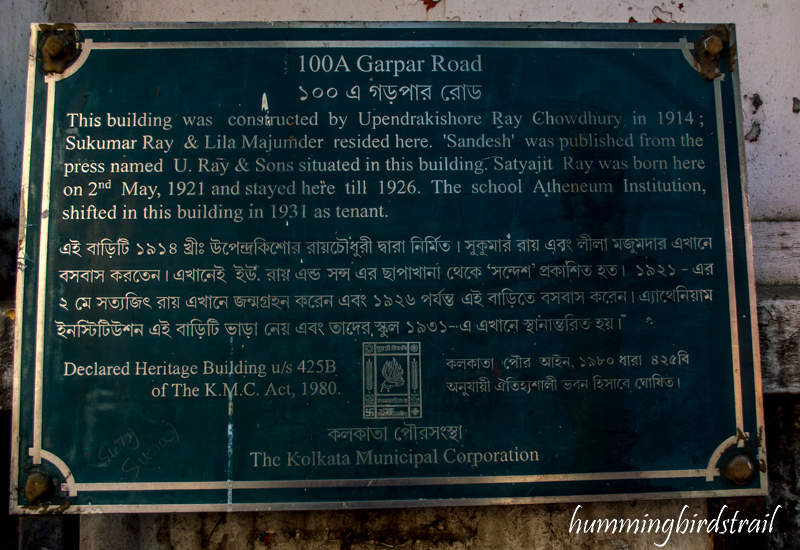
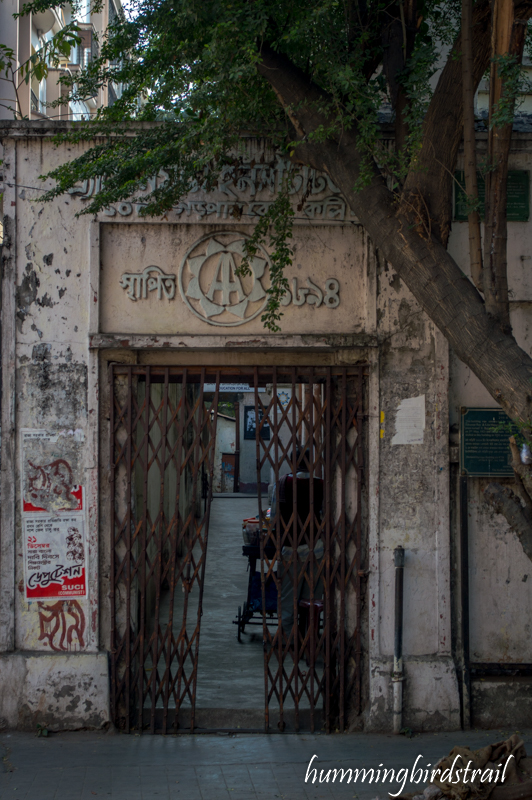
The lower portion of the building was where the famous press used to be, the breeding ground of many innovations and literary excellence, the pride of the family, albeit one that brought about the doom too.
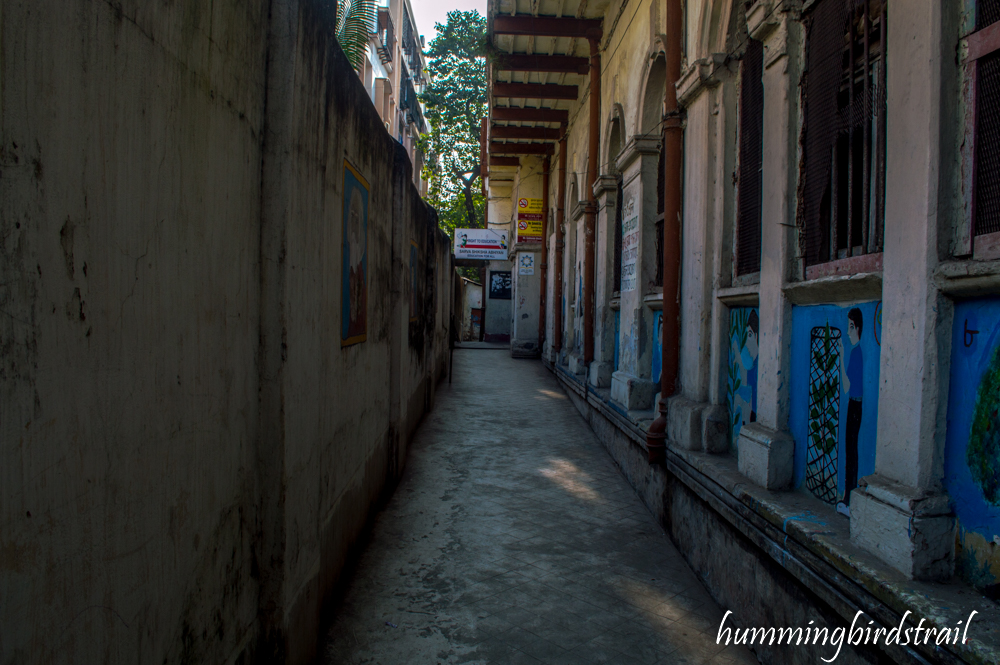
The space has been constricted by the construction
of multi-storeyed houses on neighbouring plots. The
number of students studying in the school is a mere 156
which is evident by the deserted look while school is running
The building at present is just like any other school, the regular assortment of voices and noises that took me back to the best days of my life. The Headmaster’s office is situated in the room that used to be the family drawing room once. The present headmaster, Sri. Subhendu Ghosh, is apparently the twenty-fifth headmaster of the institution, according to what is known to him.He welcomed us in and we were shown various school magazines and old photos while he recounted his experiences to us.
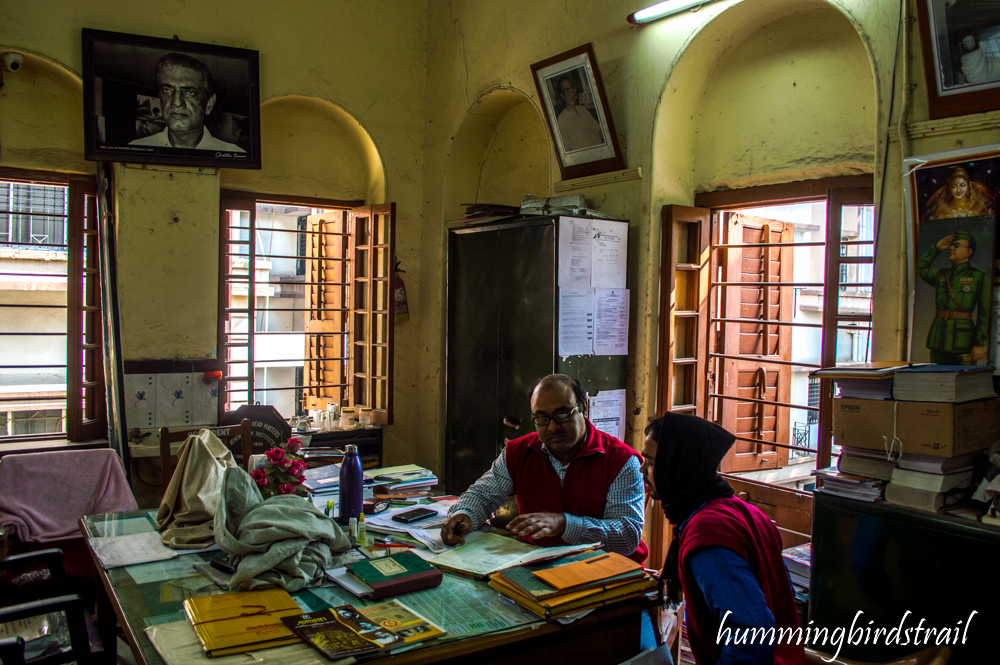
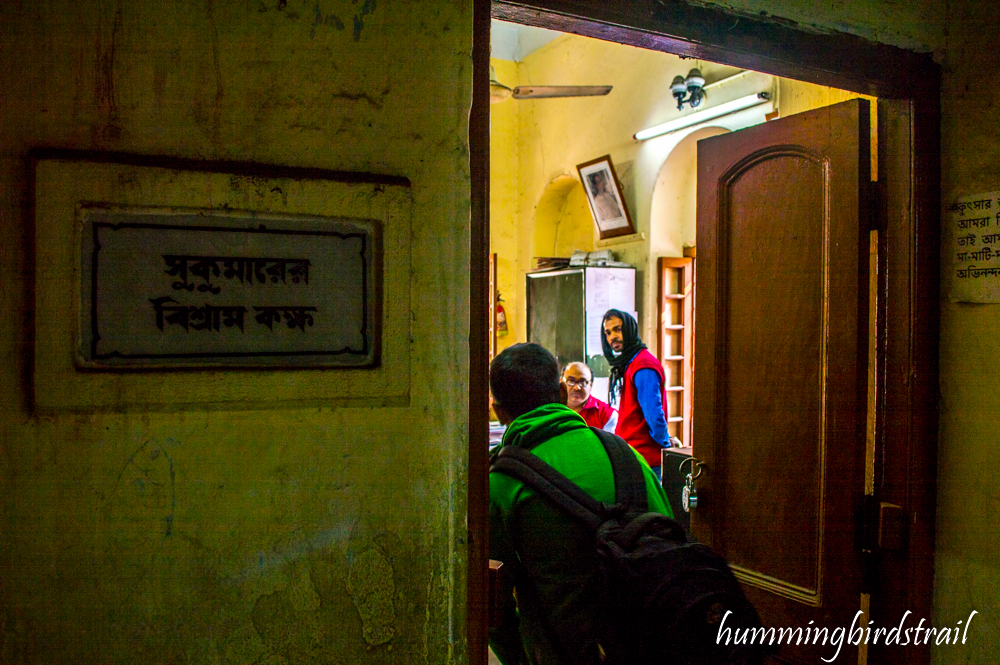
Founded in 1914 by Shri. Upendrakishore Ray Chowdhury, the building had turned hundred more than five years ago. For those who don’t know, Upendrakishore Ray Chowdhury was a polymath who showed his eminence as a technologist, was the master of children’s literature in Bengali that was yet in fledgling stages, a spellbinding inventor who experimented with photography and paintings and was also a great violinist.
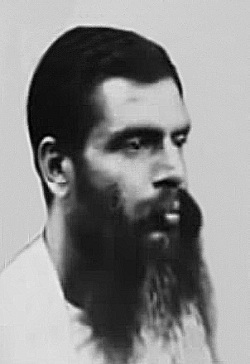

Born in Mymensingh district of then Bengal Presidency, British India (Now in Bangladesh) to a great scholar of Sanskrit, Arabic and Persian language, Shri. Kalinath Ray on 12 th May 1863, he was named Kamadaranjan Ray at birth. He was subsequently adopted by the Roy Chowdhury family who were the Zamindars (Feudal lords) of Mymensingh at the time, who renamed him Upendrakishore Roy Chowdhury. He finished his schooling in Mymensingh Zila (district) school and graduated with BA degree from Calcutta Metropolitan Institution, now known as Vidyasagar College.

Athenaeum School was established by Shri. Atul Krishna Nandi and other members of the Bramho Samaj in the year 1894. The name was to honour Athena, the goddess of wisdom in Greek mythology. Bramho Samaj (Society of Brahma) was founded by Raja Ram Mohan Roy, another pioneer from Bengal, who was the flag-bearer of the monotheistic reformist movement of Hindu religion, aimed at saving the society from superstitions and corrupt priests who interpreted the scriptures with the intent of taking control of the society by misguiding it under the veil of superstitions. Raja Ram Mohan Roy was also prominent for being one of the reformists whose efforts were paramount in the abolition of the Sati Daha Pratha, the hideous practice of burning a widow on her dead husband’s funeral pyre.
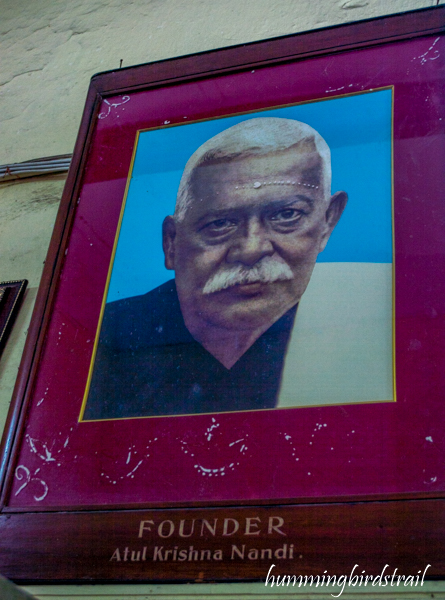
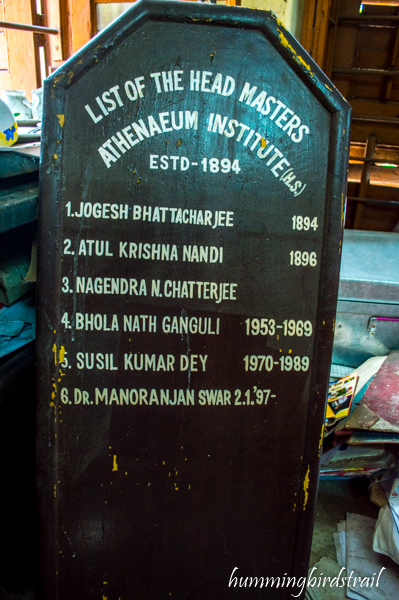
The Athenaeum School began its journey from a rented house located at Sukhiya Street in Central Kolkata under the tutelage of the first headmaster, Shri. Jogesh Bhattacharjee. Now affiliated under the West Bengal Board of Secondary Education / Council of Higher Secondary Education, the primary medium of teaching in the school is in Bengali.
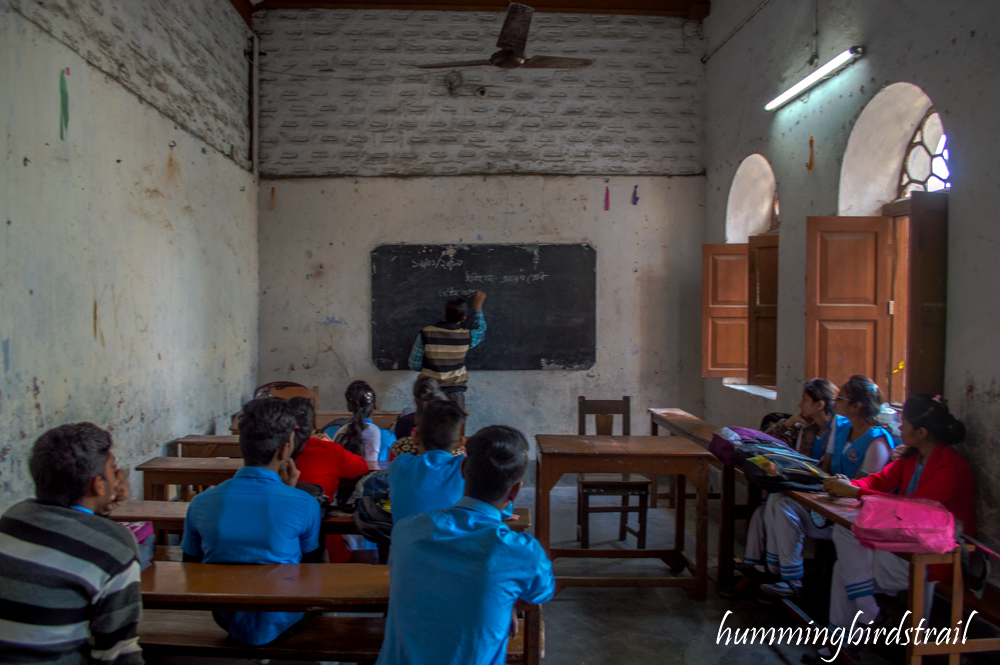
The Headmaster was kind enough to let us visit a Standard XI classroom, where a teacher was delivering a history lecture to a measly population of not more than a dozen students. The scenario reflected the paradigm shift in public mentality where well-to-do families hardly send their childrento Govt. aided Bengali medium schools any longer. The allure of expensive public schools is on the boom like never before!

The picture in front of our eyes was reminiscent of a winter afternoon that was sweeter because of its ephemeral nature. Coming back to history, Upendrakishore’s technological inclination interested him in developing printing technology which was far ahead of times with respect to the India of those times, and he soon imported books and machineries from England and started his research, thus founding his printing company “U. Ray and Sons”. He was the pioneer of making blocks including half-tone and also developed methods of improving accuracies of Process Camera which was then used for preparation of half-tone block. He further experimented with innovative ways to use that camera. Thus was born this building at 100 Garpar Road in Kolkata. Further, Upendrakishore was also the first Indian who published several research papers in a famous London based journal “Penrose’s Pictorial Annual”. His papers are listed below:
- U. Ray ‘Focusing the Screen,’ Penrose’s Pictorial Annual (Process Year Book), vol. III, 1897, pp. 108-111.
- Upendrakisor Ray, ‘The Theory of the Half-tone Dot,’ Penrose’s Pictorial Annual (Process Year Book), 1898, pp. 33-40.
- U. Ray, ‘The Half-Tone Theory Graphically Explained,’ Penrose’s Pictorial Annual (Process Year Book), 1899, pp. 48-53.
- U. Ray, ‘Automatic Adjustment of Half-tone Screen,’ Penrose’s Pictorial Annual (Process Year Book), 1901-02, pp. 76-80.
- U. Ray, ‘How Many Dots?’ Penrose’s Pictorial Annual (Process Year Book), 1901-02, p. 81.
- U. Ray, ‘Diffraction in Half-tone’ Penrose’s Pictorial Annual (Process Year Book), 1902-03, pp. 79-91.
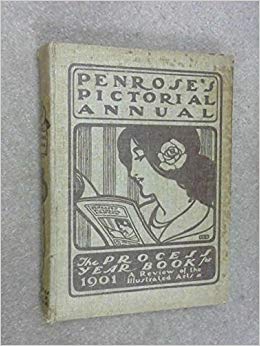

There are more like that. In a Half-tone, that is prepared from an 85-line screen, we can see 85 dots per inch; but using the same screen, Upendrakishore could create 170 dots per inch. In his one-page article titled ‘How Many Dots?’ (Listed above), he attacked a prevalent misconception, clarifying that one cannot achieve twice the number of dots as line in a screen by simply using a double aperture. It can allow dots up to 11/2 or 11/7 times the number of lines in a screen that is 170 dots per 110 lines. But Upendrakisore published, along with the essay in discussion, a block made with 110-line screen that looked as fine as one made with a 220-line screen.One of his photographs titled “The Witch of Ghoom” that displayed this mastery, earned him the repsect of established people from the west too. The Penrose Annual, volume-X, 1904-05 mentioned about him in an editorial note that “Mr. Ray is evidently possessed of a mathematical quality of mind and he has reasoned out for himself the problems of half-tone work in a remarkably successful manner … (His printing developments) enable the operator to do uniform work with the fullest graduation and detail in it and with the minimum amount of manipulative skill in the negative-making and etching.”
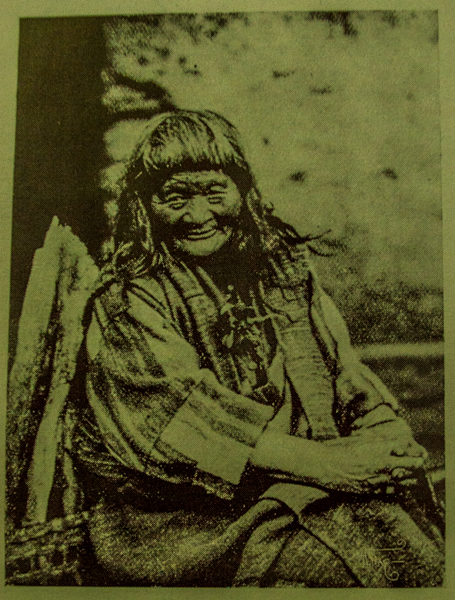
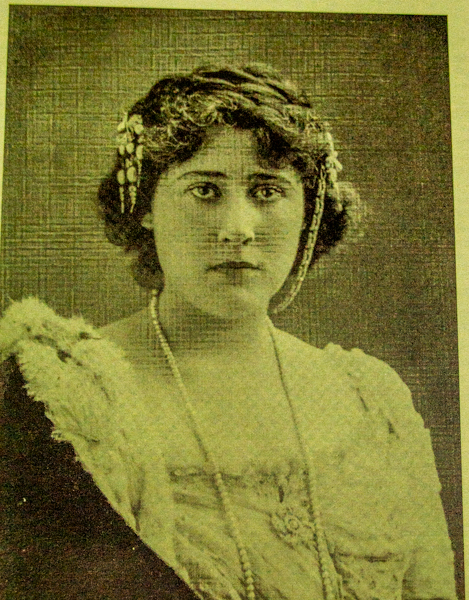
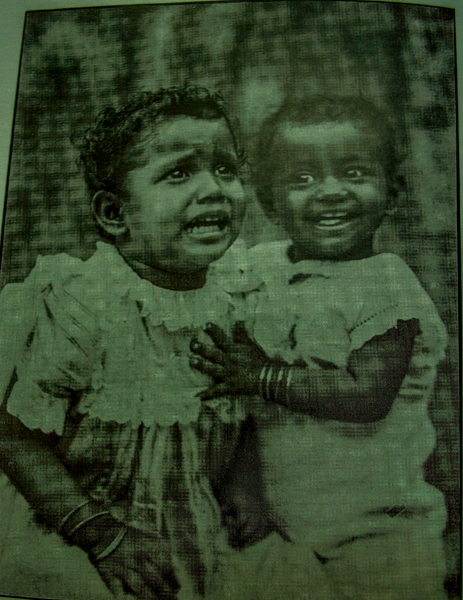
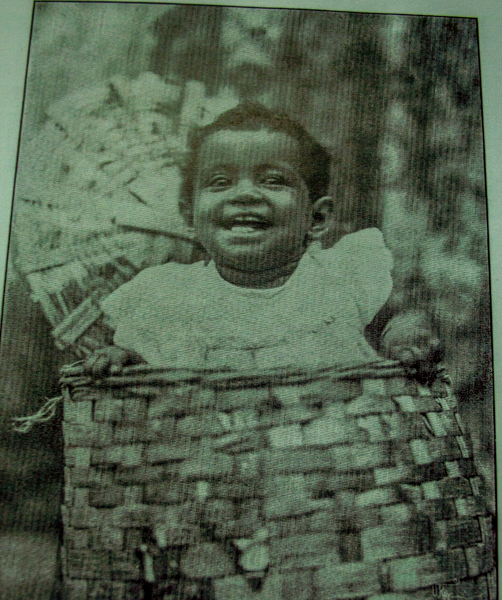
Beyond the above innovations, he started publishing the Bengali Children’s Magazine ‘Sandesh’(The Message). The first edition was published in 1913 by UpendrakishoreRay in his own press, M/s. U Ray and Sons.
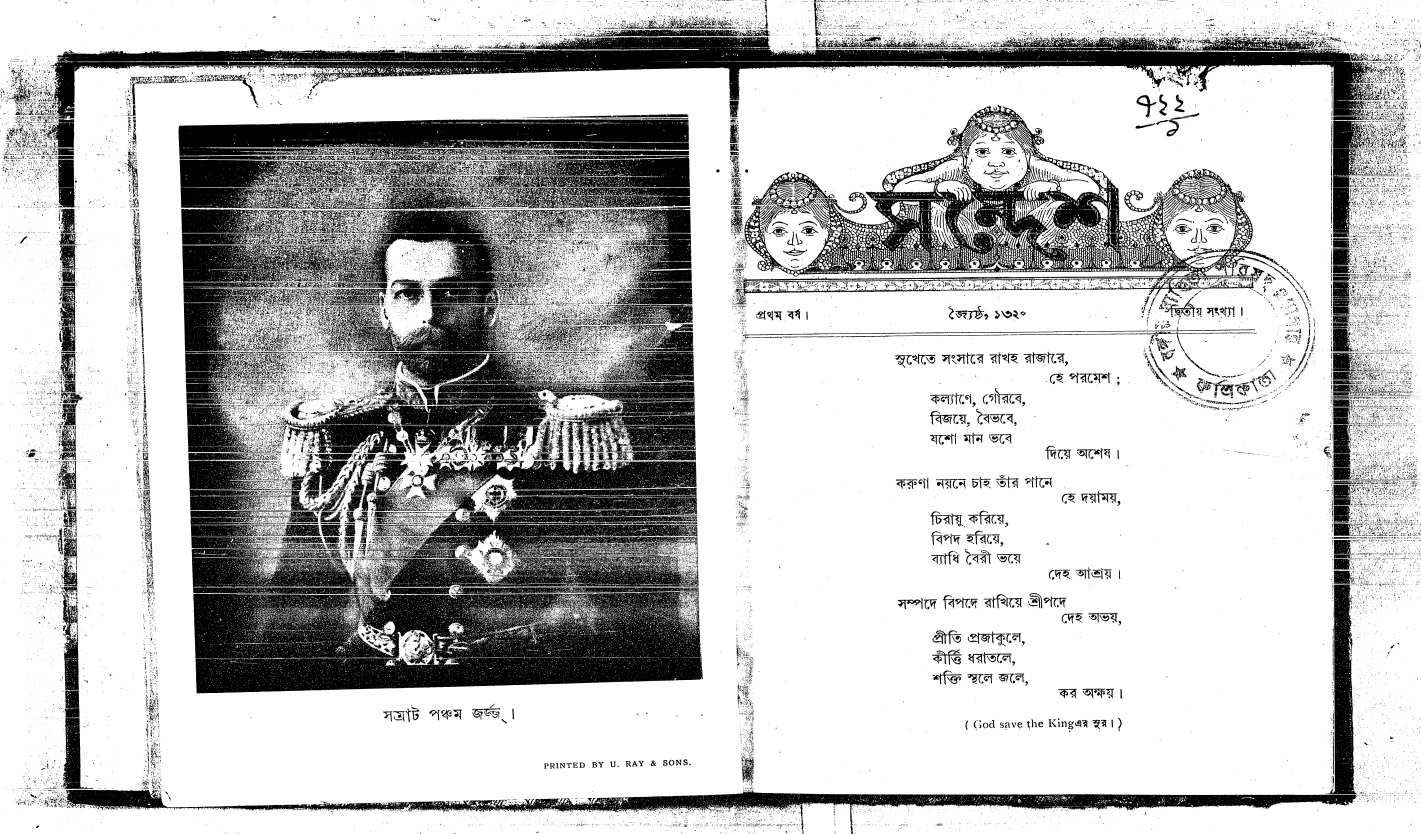
Other exemplary works by the genius were the translations of the two leagest Indian epics, The Ramayana and The Mahabharata, for children and “Book of Toontooni Bird- A Collection of folk tales of Bengal”.
Upendrakishore was blessed with his son Sukumar on October 30, 1887. A prodigal son was born to a brilliant father! He completed his graduation with double honours from the Presidency College, Kolkata, where his professor was the renowned Acharya Prafulla Chandra Ray, an eminent chemist, educationist, historian, industrialist and philanthropist, who was also the founder of Bengal Chemicals and Pharmaceutical.
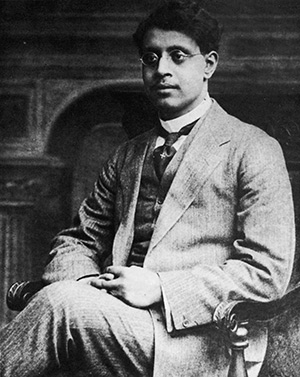
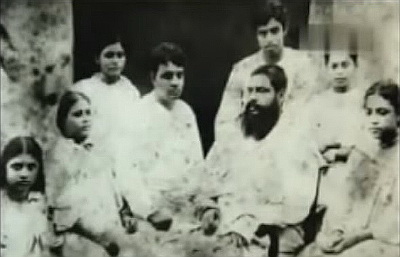
During his school days in City College School located on Surya Sen Street, Kolkata, Sukumar wrote his famous work featuring the main character, “Pagla Dashu” among many other stories. His stories and works were like nothing Bengali literature had ever seen! He was literally the Indian version of Edward Lear (the father of nonsense literature).
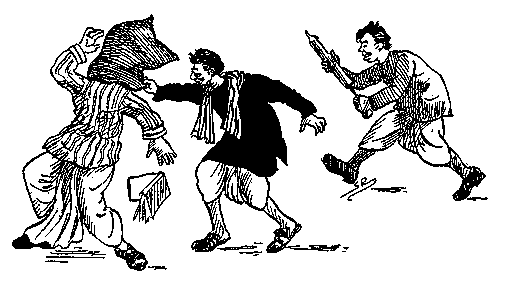
During his college time, he founded the “Nonsense Club” where he published a magazine called “Thirty two and half fries”. He penned two dramas for this club too, called ‘Jhala Pala’(Cacophony) and ‘The Magic Spear of Lashman’.
He was later sent to London for further studies, where he studied Photoengraving and Lithography at the London County Council School. He subsequently studied Chromolithography and Litho-drawing from Municipal School of Technology, Manchester.
Sukumar got the chance of meeting Rabindranath Tagore in London, where the latter was visiting at the time, with his English translation of ‘Geetanjali’ that would later get him the Nobel Prize in 1912. Inspired by Tagore and his poetry, Sukumar wrote “The Spirit of Rabindranath Tagore” which was published in the famous magazine “The Quest”.
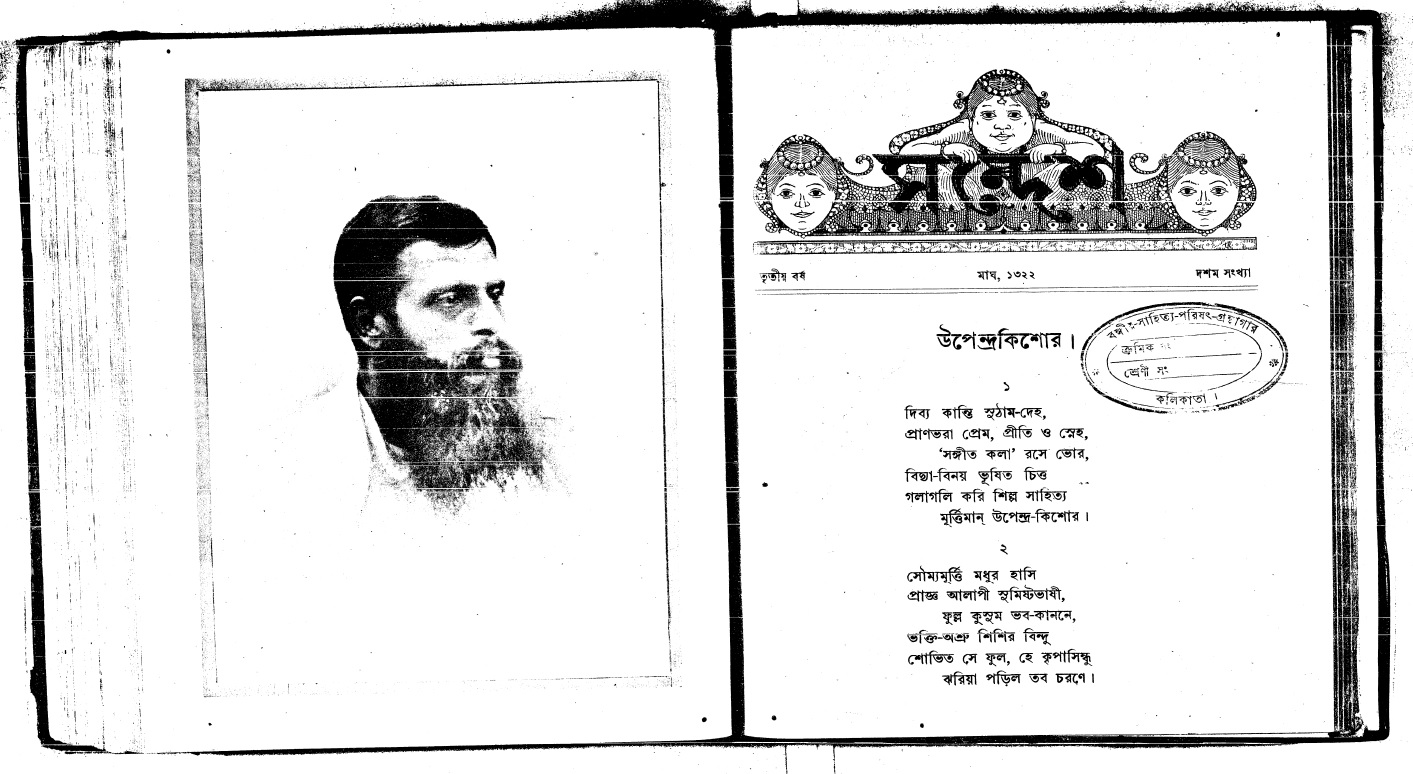
Sukumar returned to India and started writing for his father’s magazine Sandesh. Upendrakishore passed away on December 20, 1915 and Sukumar Ray took over the sole charge of Sandesh with aids from his siblings. His fist poem for the magazine was “Khichudi” which is replete with fantastic sphinxesque creatures that are a combination of two improbable animals.
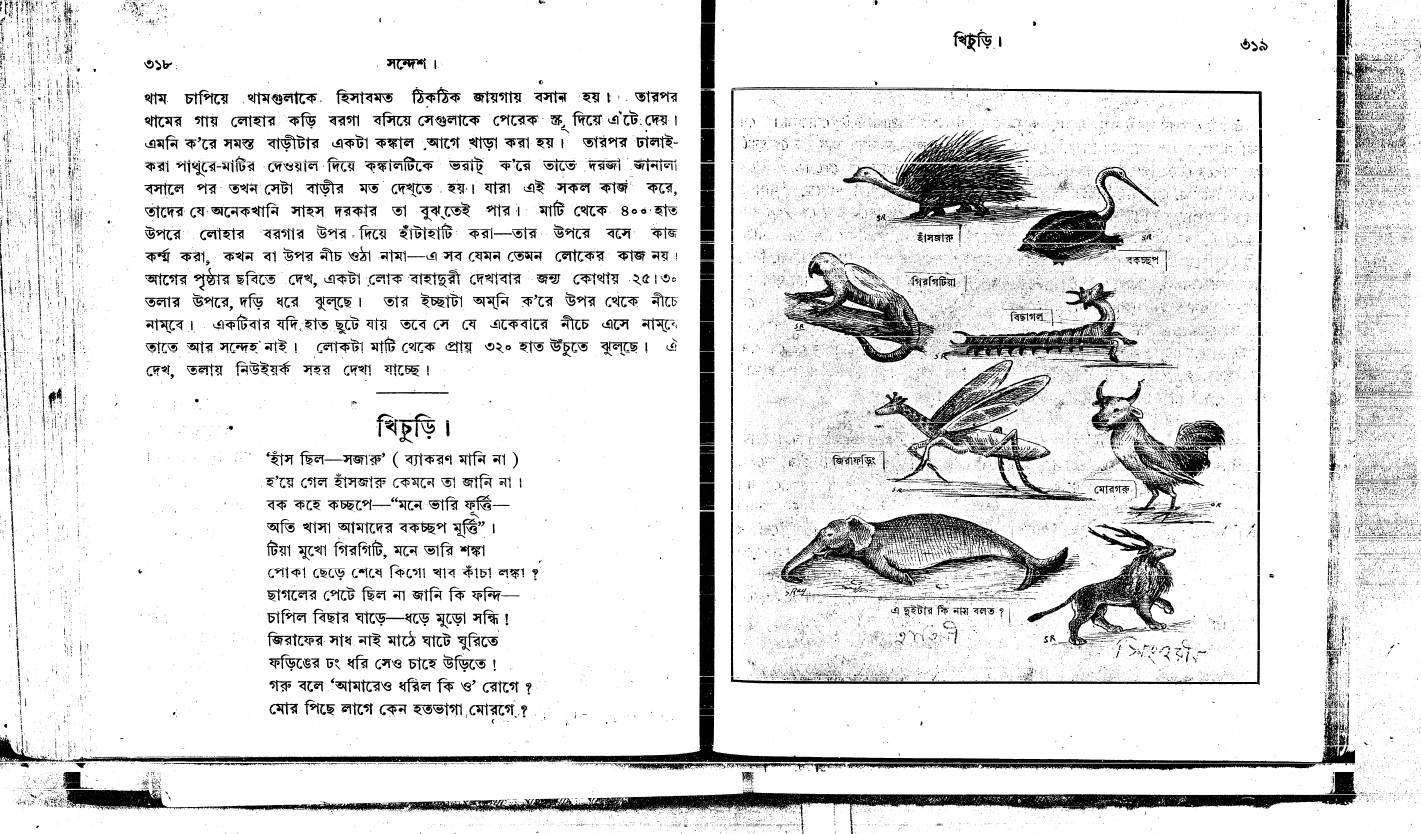
These are Duckupine (a mix of duck and porcupine, that’s bemused at its unusual countenance), Stortle (stork and turtle combined, that’s feeling equally gay, Whalephant (the perennially confused mix of a Whale and an Elephant, that doesn’t know whether it should head for the woods or to the sea) etc.
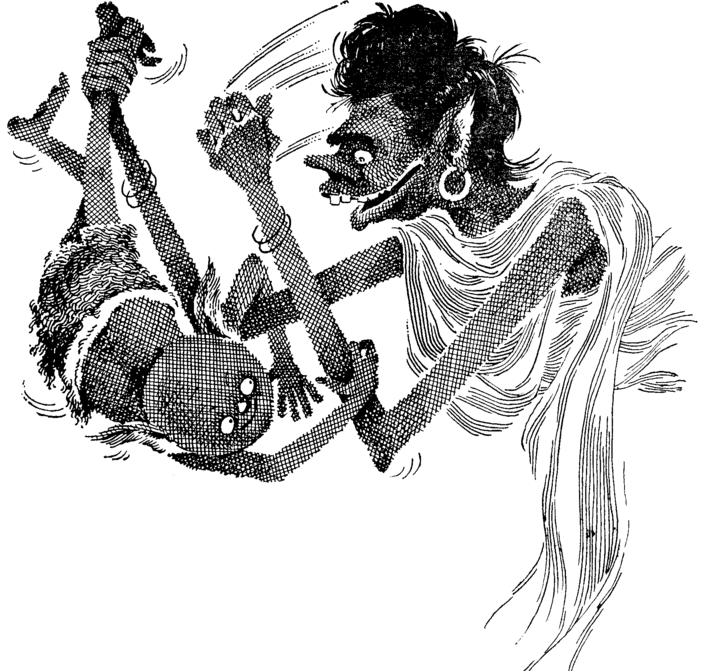
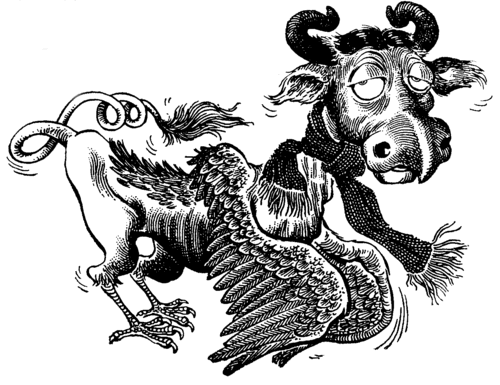
colonialism into our culture represented by a confusing
mixture of animals, that appear harmless on the outside
but can be vicious at times.

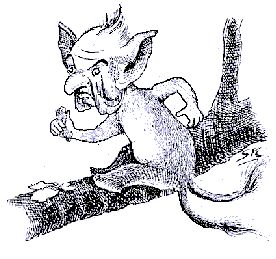
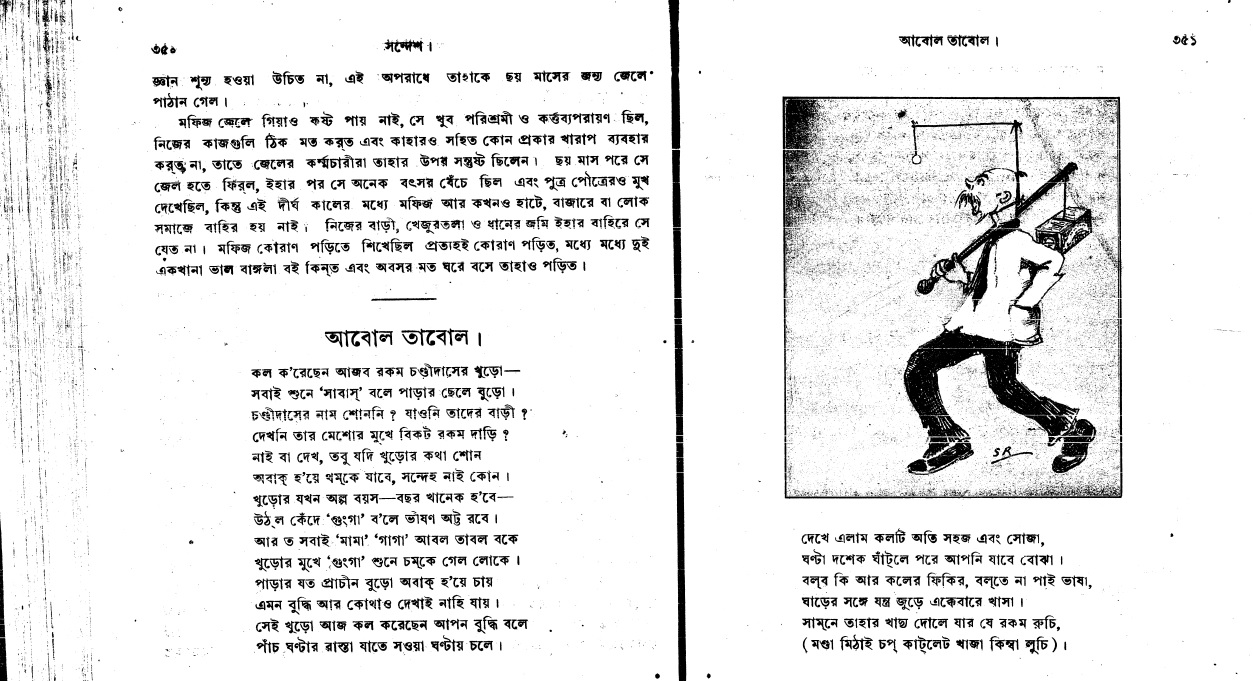
Sukumar’s versatility can be best understood by the fact that his hand-written notes had been given seven different names such as the Unnecessary Notebook, Nonsense Notebook, Fanciful Notebook etc. The two of his notable works among others are Aboltabol (The Ridiculous) and Haw-Jaw-Baw-Raw-Law (Absurdity).
Sukumar Ray opened a club in his house which was known as the Monday Club (Monda Club /Sommiloni) that was basically a platform to express ones views openly of the world at large. Prominent people like Satyendranath Dutta, Atul Prasad Sen, Suniti Kumar Chattopadhyay, Jatindramohan Mukhopadhyay, Prashanta Chandra Maholanobis etc. were members.
Satyajit, Sukumar’s son was born on May 02, 1921, and he would one day become the most famous in their family, with his first film, Pather Panchali released in 1955 (adopted from Bibhutibhushan Bandyopadhyay’s eponymous novel), that went on to win eleven international awards, including the inaugural Best Human Document Award at the Cannes Film Festival, 1956. Satyajit, needless to mention, was a polyglot, a polymath, and a multi-talented individual and is one of the most widely regarded Bengalis, acknowledged on the international level.
Sukumar Ray continued to write in Sandesh until his untimely death on September 10, 1923, at just the age of 35. He’d been ill with Black Fever when he started working for the magazine and developed both Aboltabol (The Ridiculous) and Haw-Jaw-Baw-Raw-Law (Absurdity) amid his failing health. He passed away before the published version of the former came out.
In his book Aboltabol, he writes his feelings about his impending death, which he’d clearly sensed beforehand:
মেঘ মুলুকে ঝাপসা রাতে, (Amid the land of clouds in the sky made hazy
রাম ধনুকের আবছায়াতে, by the game of light and shadows of a rainbow,
তাল বেতালে খেয়াল সুরে, I have started humming a hearty tune,
তান ধরেছি কন্ঠ পুরে Sometimes rhythmic and sometimes not… )
হেথায় নিষেধ নাইরে দাদা , (No restrictions prevail here,
নাইরে বাঁধন নাইরে বাধা neither norms nor bindings.
হেথায় রঙ্গীন আকাশ তলে Underneath the coloured sky,
স্বপ্ন দোলা হাওয়ায় দোলে the palanquin of dreams gently sways… )
সুরের নেশার ঝর্ণা ছোটে (The fountain of intoxication of such melody
আকাশ কুসুম আপনি ফোটে ends credibility to even the most impossible.
রঙ্গিয়ে আকাশ, রাঙিয়ে মন The amazement spellbinds me every moment,
চমক জাগে ক্ষনে ক্ষণ colouring my mind and the sky all around…)
আজকে দাদা যাবার আগে, (Brother, before I leave today,
বলব যা মোর চিত্তে লাগে I will speak out my heart,
নাই বা তাহার অর্থ হোক , Even though it may be rendered meaningless
নাই বা বুঝুক বেবাক লোক by people who haven’t been touched by this fluency…)
আপনাকে আজ আপন হতে, (Stealing me from myself,
ভাসিয়ে দিলাম খেয়াল স্রোতে I’ve let my thoughts float along,
ছুটলে কথা থামায় কে ? Now that my words have begun running wild,
আজকে আমার মনের মাঝে Who can any longer hold me?
ধাঁই ধপাধপ তবলা বাজে I can hear the echo of distant drums somewhere deep inside my thoughts…)
রাম ঘটা ঘট ঘ্যাচাং ঘ্যাঁচ (Amid all noises that cloud my mind,
কথায় কাটে কথার প্যাঁচ My words themselves seem to forget their meanings,
আলোয় ঢাকা অন্ধকার Because here comes the darkness bathed in light,
ঘন্টা বাজে গন্ধে তার… that incenses my mind where the bells have started tolling… )
It is said that Rabindranath Tagore visited Sukumar multiple times after having learnt of his illness, and also on his deathbed. Tagore himself had been no stranger to the pains of losing loved ones. He’d embarked on the journey of grief while quite young, when his beloved sister-in-law, Kadambari Devi decided to end her life. Time and again, Tagore had seen the claws of doom snatch away his daughter, son, wife and a lot of other people. Sukumar was like a son to him and he could feel the atmosphere of grief and pallor through the stillness of the Ray mansion during his last visit. Sukumar requested Tagore to sing a few songs for him, something Tagore couldn’t deny, however sad he felt. The singing session ended with him singing the famous song he’d penned after his own wife passed away….
“Achhe dukkho achhe mrityu biraho dahano laage
Tobu o shanti tobu ananda tobu ananta jaage….”
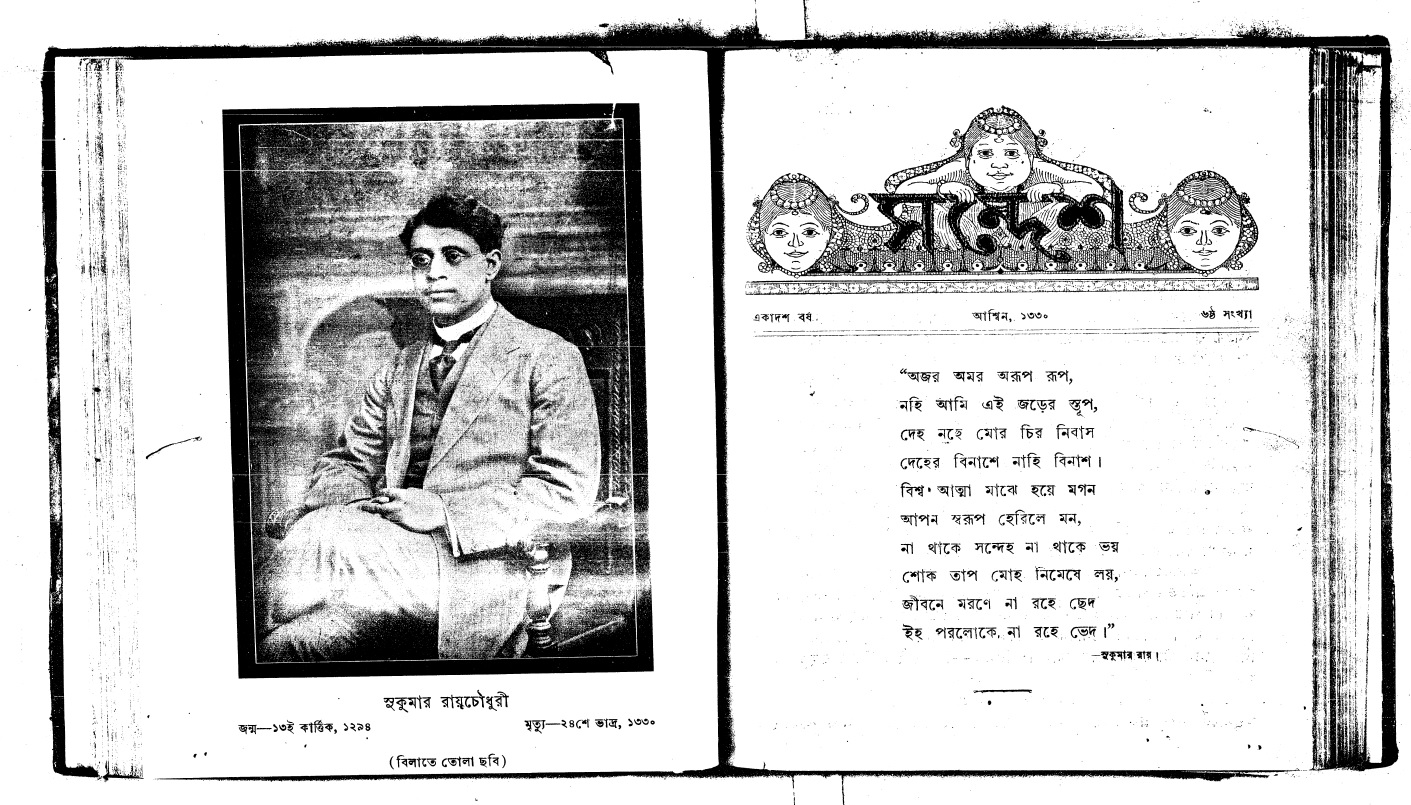
It means – There is grief, there is death and there are wounds left behind by the fire of such unfair separations…
Nonetheless, life ebbs and flows amid peace, happiness invoking the eternal nature of existence.
Sukumar was survived by his wife and only son Satyajit, who was just two years old when he lost his father.
Tagore delivered a moving speech about Sukumar Ray at Shantiniketan, where he said – “I have seen many deaths. But I have never seen anyone like this young man who facing death, nevertheless sang songs to life. Sitting beside his deathbed, I heard that song and my heart was overflowing with it.”
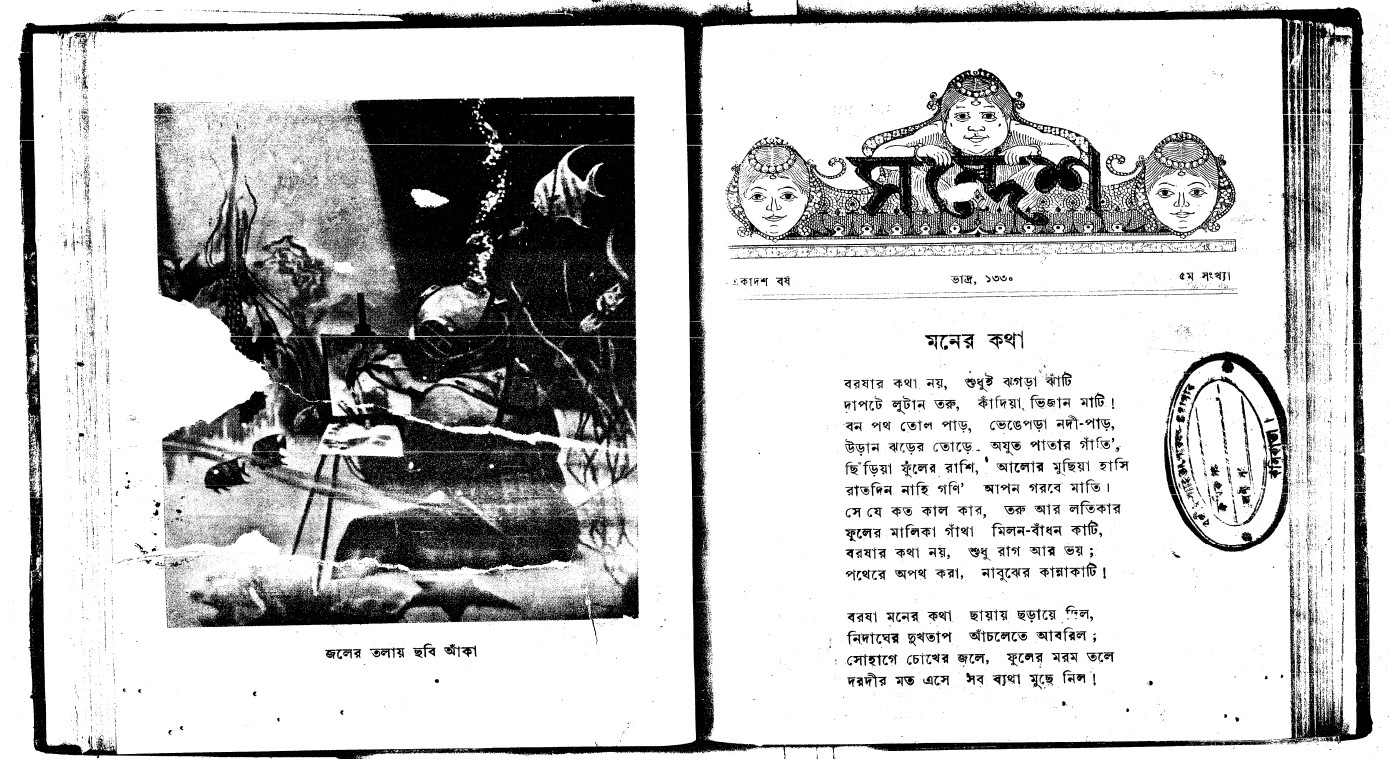
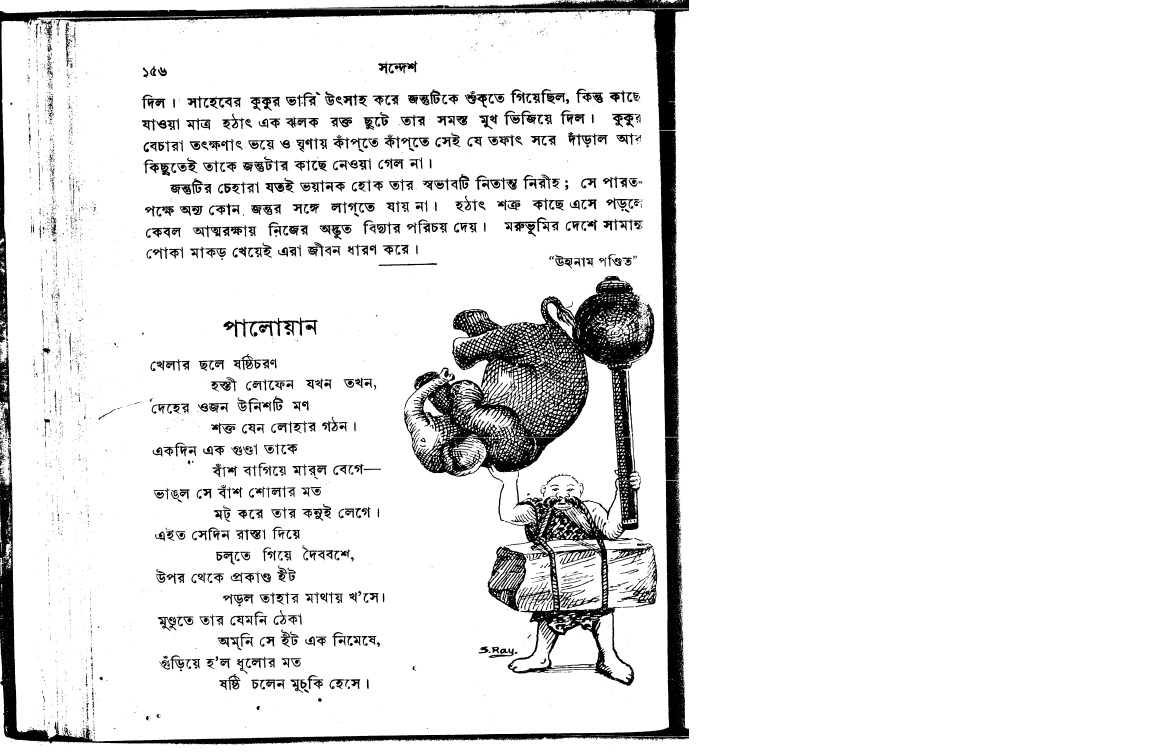
After the death of Sukumar Ray, his brother Subinoy took charge of Sandesh Magazine. But he couldn’t manage it, and the whole house along with the array of machinery of the press were all sold due to a huge debt to the Mullick Estate, Howrah. The publication of the magazine stopped altogether in the year 1925. Later in 1929, a publisher tried to publish with Subinoy Ray as the sole editor, he in spite of being a gifted writer himself, couldn’t tackle the problems of business, and the publication ceased for the final time in 1934, resuming years later when Satyajit again took charge.
The legendary building that has stood the tests of time, has so much to say… Even as the press went insolvent, it was rented to the Athenaeum Institution in 1927 by the Mullick Estate, and not much is known about it until the year 1961 when Std XI was inaugurated. The turn of the millennium saw the board of trustees change their outlook towards the school. The usually graceful stature they had maintained towards preservation of the heritage building housing the temple of education, gave way to subtle impending threat of its handing over to land sharks who’d been eyeing the plot for a very long time. However the state government intervened after an appeal was made to them and measures to stem such possibilities were taken. Std XII was also introduced the same year. One of Central Kolkata’s heritage buildings, may it stand up to its former glory again. This is the most potent wish one can ask for…..
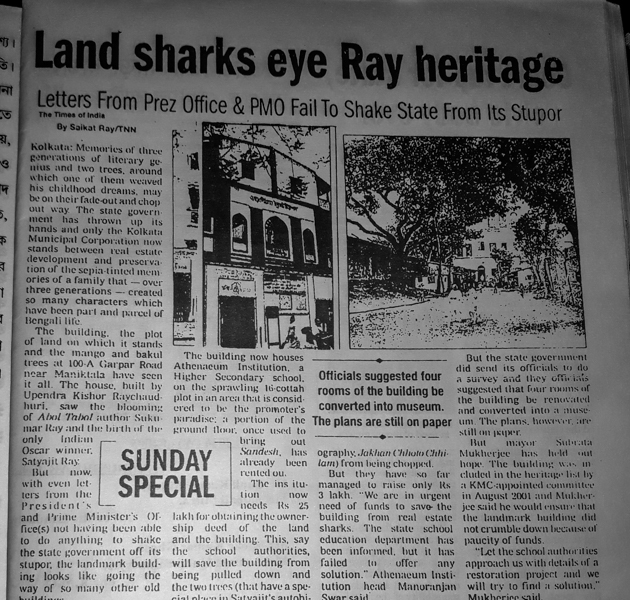
building by the expanding real estate business
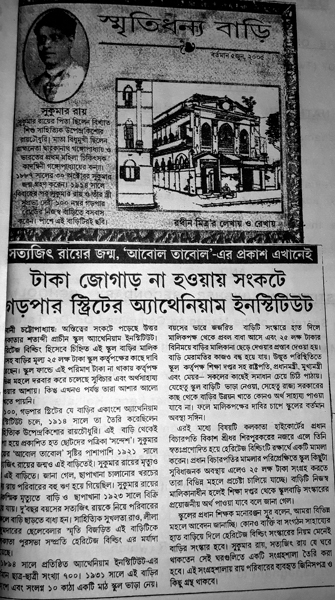
crunch in funds.
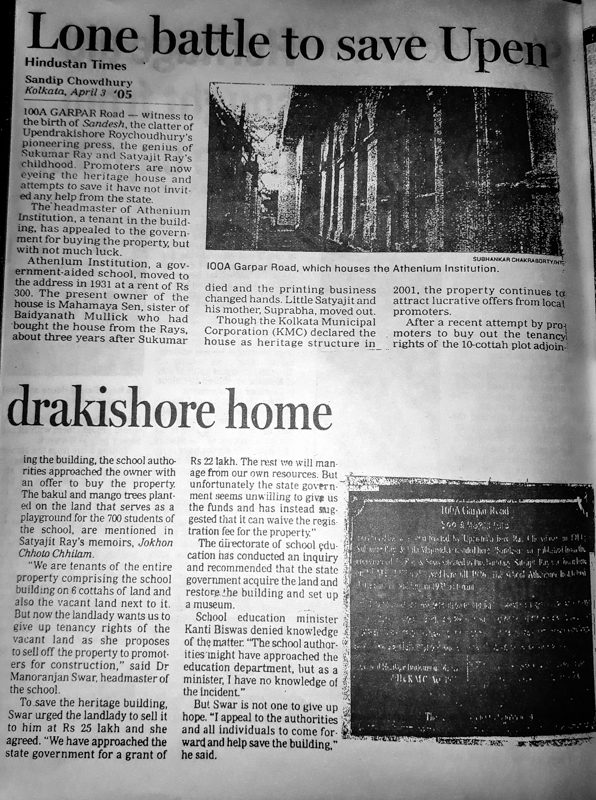
While descending the flight of steps onward to an outer world that had accelerated a century leaving behind this mansion shrouded in a time bubble, the memories of what we had learnt came whispering to us…
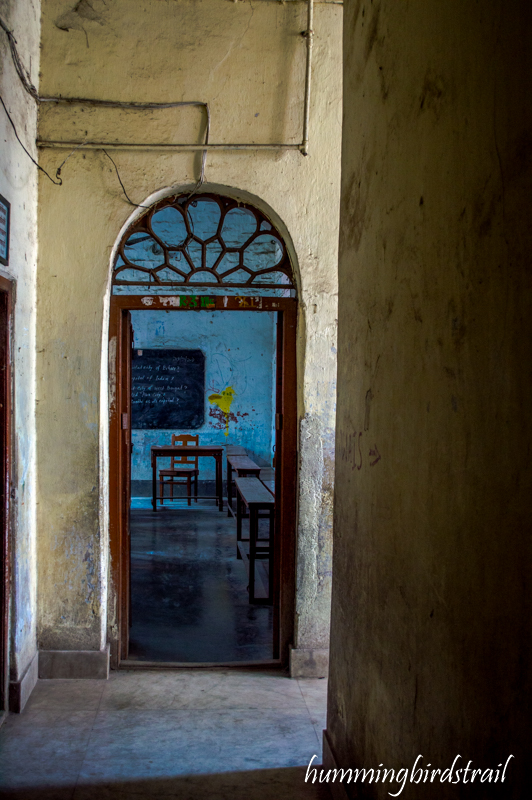
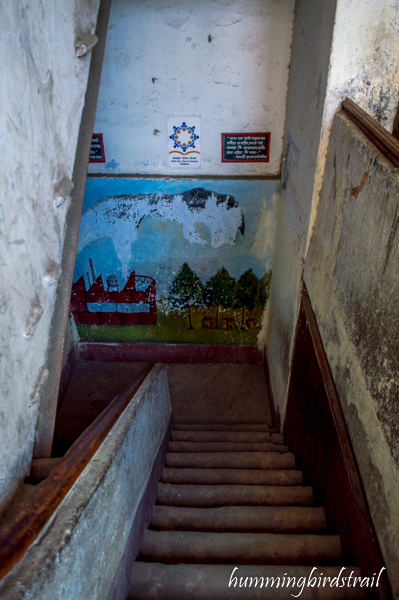
If mortar and bricks could shed tears, they might have recounted to us the story of when Sukumar’s lifeless form might have travelled down the same steps towards a world, that never grows old….
References:
- Wikipedia
- Images from google search
- Essays on Half-Tone Photography- Jadabpur University Press
- Maity Abhik, 2006(April-June), THE NONSENSE WORLD OF SUKUMAR ROY: THE INFLUENCE OF BRITISH COLONIALISM ON SUKUMAR ROY’S NONSENSE POEMS-WITH SPECIAL REFERENCE TO ABOL-TABOL
- http://www.cssscal.org/archive
- http://www.kolkata-online.com/bangla/sukumar/ekushey.html
- School magazine “Saronika”.


